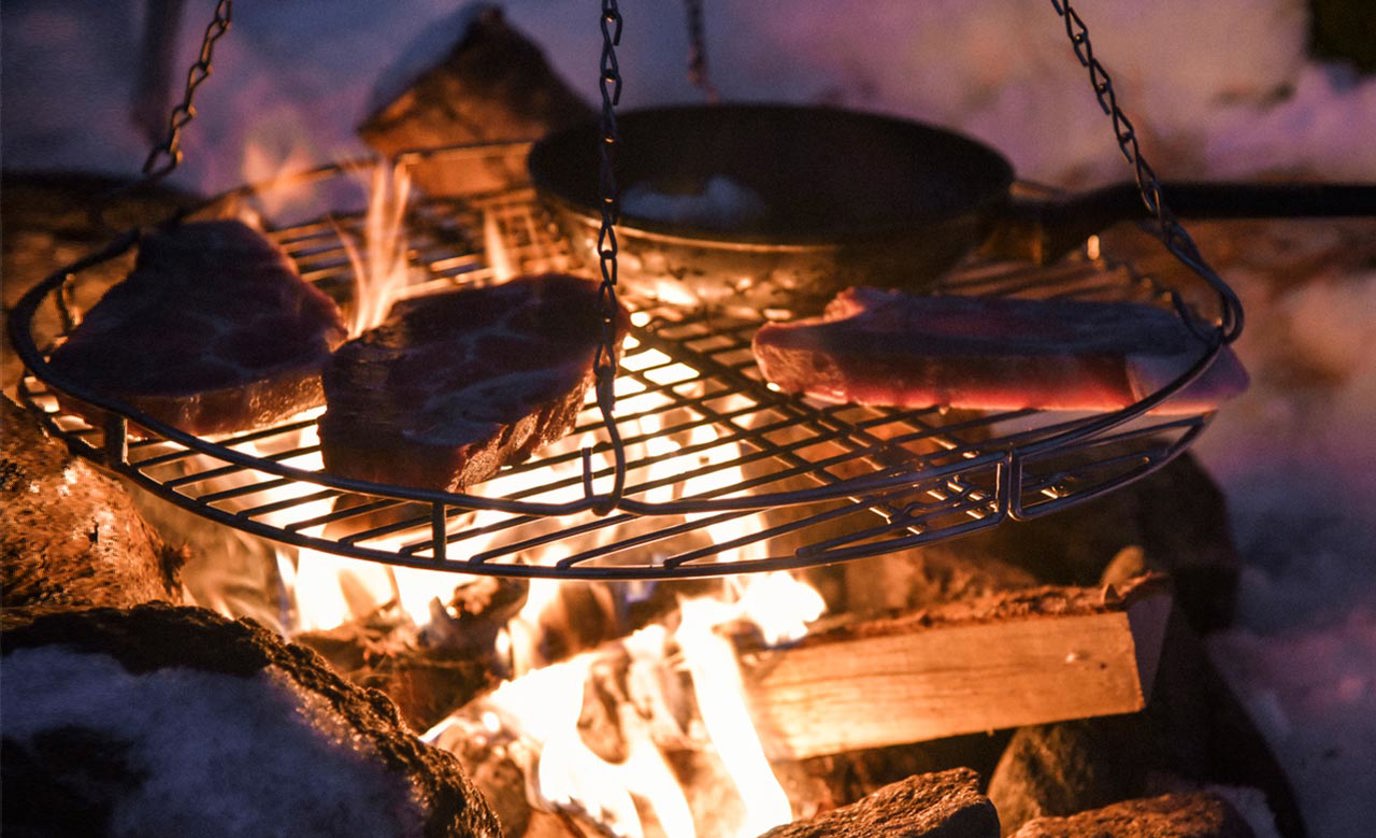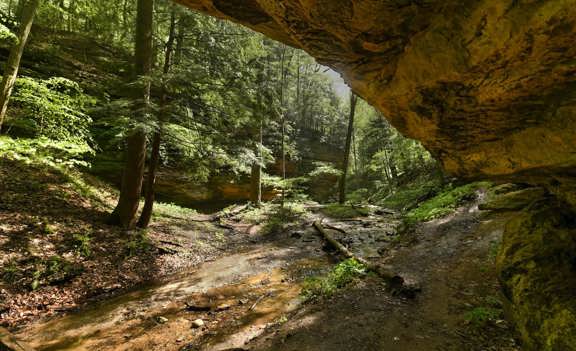
There is something about the way the snow covers the landscape during winter. It’s as if all of Mother Nature’s creations are buried under a cleansing blanket of bleach-white, except for the trees that poke their flocked branches up towards the blue sky, transforming the blank white canvas into a beautiful work of art. Looking out of the window of your parked RV in a snowstorm is akin to standing in a snow globe that has just been shaken up.
We will admit, however, that despite your cozy warm motorhome being equipped with an efficient heater, you may want to change the recipes up a bit to accommodate the cold temperatures; especially if you like to cook outdoors. Here are a few winter cooking tips from Cruise America:
If you choose to cook outside with firewood, you must protect your fire. Place a layer of medium-size sticks on the base of the fire to keep the snow from melting and drowning out the flames. If you plan to use a stove, then place a fireproof pad underneath it to preserve the heat and keep it from transferring to the snow, which can make it melt around you.
Make sure that you have the right equipment. It’s best to use plastic or wooden utensils instead of metal ones when you’re braving the cold temps. The metal ones tend to conduct the cold right into the dish that you’re cooking, which makes it take longer to cook many foods. In the same vein, you can retain more heat in your food by eating from bowls rather than plates.
Don’t be afraid to eat up! In the winter, don’t hesitate to consume more calories and some extra fat. If the temperatures are low enough, you can eat approximately three thousand calories per day, as your body burns more calories trying to retain heat. In order to help the body generate heat throughout the day, eat high-energy foods like nuts, granola, cheese and butter. In addition, you can eat quick burning sugars like chocolate and candy. Of course, these foods must fall in line with your personal health regimen.
It is always a huge help to prepare your foods as much as possible in advance. The more ingredients that you can pre-cut, mix, or pre-cook, the better. That way you won’t have to stay out in the cold longer than necessary.
Last but not least, stay hydrated! When you’re in cold temperatures, your body doesn’t tend to give you the typical signs of thirst as it does in the heat, but it still needs liquids. Be sure to drink at least 32 ounces of water each morning to give your body the hydrated kick-start it needs. But don’t stop there; keep drinking water throughout the day. Oh, and don’t try to hydrate by eating snow, as that messes with your natural body temperature, and will not provide the liquid required for you to stay healthy.

